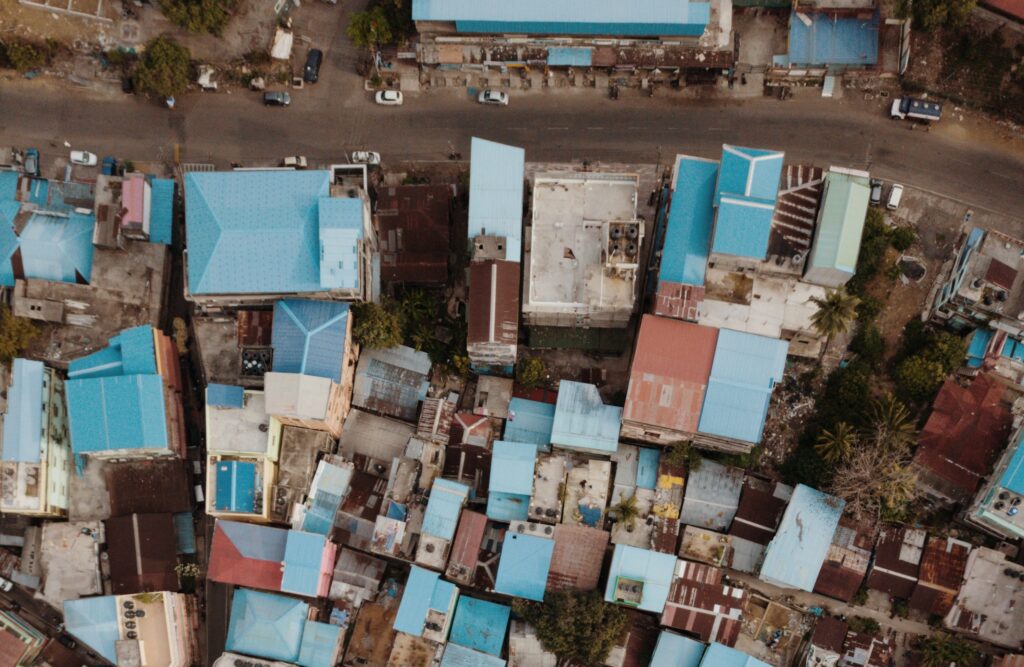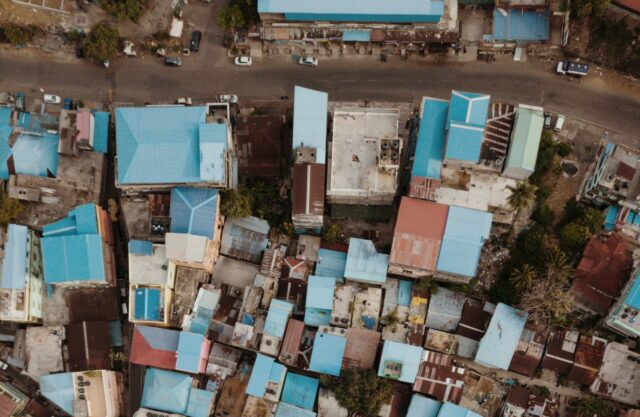For World Habitat Day 2022, Angelique Chettiparamb calls on national, regional, and local governments, as well as academics, the third sector and the private sector to focus attention on housing for migrants.

The global pandemic brought the vulnerabilities and precarity of migrants to the attention of national, regional and local governments. With COVID safety measures the world over, the need to reach everyone in order to safeguard the majority meant concerted efforts to reach migrant populations. Now, more sustained deliberations on the fundamental issues that migrants face, in eking out a life in the interstices of the city, are urgently needed.
As internal migrants walked across hundreds of kilometres to survive in lockdown India, enormous public empathy arose in reaction to the harrowing media images. Academics were quick to identify an oversight in the focus on internal migrants’ lives and their precarity, as opposed to an understanding of the patterns of migrant flows. There have since been numerous webinars and publications foregrounding the unheard voices and mental health challenges of migrants during the COVID-19 pandemic.
Lorenzo Guadagno’s 2020 report to the UN International Organization for Migration, looks at migrant conditions in ten counties particularly affected by COVID-19. It cites several recurring conditions that lead to international migrants’ vulnerability to COVID-19, among which a lack of adequate and safe housing, infrastructure services and livelihoods stand out. However, little has happened since to safeguard the basic need of housing for migrant workers in most contexts. While the flow and volume of international migrant workers may often be a thorny political issue, the actual housing choices of migrants or their access to infrastructure is often not. Migrant populations continue to be the least politically prioritised or safeguarded in most situations.
The type of housing that meets the needs of migrants needs to be understood first. For instance, rental housing is often the priority and preference for both internal migrants and newly arrived international migrants and there is generally under delivery of rental housing (as opposed to ownership housing) by most governments . Willingness to pay for housing is another important consideration. This will depend on frequency of travel between source and host locations (sometimes resulting in financial flows for housing to source locations); type of occupation (frequency of change of location may be high as is the case for say construction workers); seasonality due to both work factors or source factors (such as harvesting times that result in temporary surges and lulls in housing demands) and so on. These multiple factors have serious repercussions for our cities in both the global North and South. They are the genesis of problems such as slum proliferation and shrinking cities.
These age-old problems must be now re-analysed through a lens of migration and the needs of migrant populations. World Habitat Day provides an impetus to share, deliberate and debate the new knowledge that is slowly emerging so that we understand the complexity of types of migration flows and their associated vulnerabilities, and can ensure that housing programmes the world over recognize and value the migrant populations without which most cities will not survive.
Angelique Chettiparamb is a Professor of Real Estate and Planning at Henley Business School and the winner of one of this year’s Engagement and Impact Awards for the project Land for housing migrant workers in Kochi, India.

